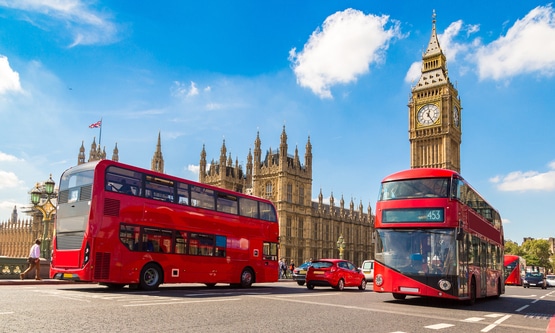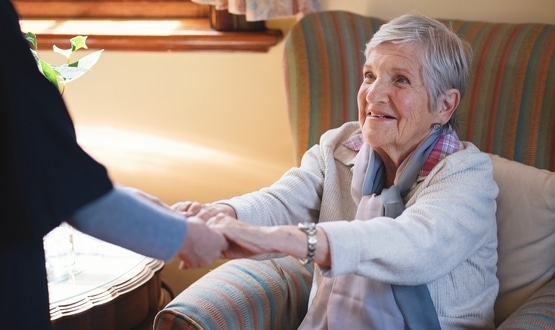Airwave on tube but few ambulances
- 16 January 2009
 The Airwave radio network has been rolled out on the London Underground. The development has been presented as a step forward for the troubled digital communications project, which is supposed to meet the needs of the police and other emergency organisations.
The Airwave radio network has been rolled out on the London Underground. The development has been presented as a step forward for the troubled digital communications project, which is supposed to meet the needs of the police and other emergency organisations.
Several news organisations reported that it would allow the police to use radios underground and that this would allow them to operate more effectively during incidents such as the 7 July 2005 bombings in the capital.
However, the London Ambulance Service indicated that its use of Airwave remains extremely limited.
A spokesperson said: “We received 200 digital radio handsets in 2006, which have been issued to operational managers to be used in the event of any major incident to provide communications between the scene, our control room and hospitals.
“Issues outside of our control that have come to light during the national testing process have impacted on the introduction of the full system” and a full roll out is not expected until this summer.
The Department of Health signed a contract for a digital radio and communication system to replace analogue systems at NHS ambulance trusts in England in July 2005. The contract with Airwave, owned by mobile operator O2, was said to be worth £390m over 13 years.
When it was signed, the DH anticipated that ambulance trusts would start taking delivery of their radio systems from mid-2006 and that a full roll-out would be completed by the end of 2008.
The East of England Ambulance Service NHS Trust was the first to pilot the new network. It reported positive results and indicated that it appeared ready for use in September 2007.
However, E-Health Insider reported last January that the DH had been forced to cease deployment of Airwave radio systems because of stability issues with their touch screen controls.
As the LAS statement indicates, the delay has been prolonged. In November, health minister Ben Bradshaw set out a new timetable for deployment, and said: “It is planned that all trusts will have full service by the end of 2009.”
In his written answer to shadow health minister Stephen O’Brien, Bradshaw gave the “principal cause of the delay” as “the significant re-scoping and re-designing of the radio solution that took place following the major reconfiguration of the ambulance trusts in 2006.” He claimed this had led to a “more resilient and flexible solution.”
In a further written answer, the minister listed nine ambulance trusts as using the new system, including East of England Ambulance Service NHS Trust and LAS.
Its spokesperson added: “We are still committed to implementing Airwave as quickly as we can, and have continued to prepare for the switch over to the new system by installing radio terminals in our fleet of ambulances and rapid response vehicles.
“Handsets have also been issued to staff on our motorcycle response unit for day to day use. As a result of the issues identified during testing, we are now anticipating that the full roll-out programme to begin in summer 2009.”
Other ambulance trusts also anticipate late-year deployments, with South Central due to go live in quarter four.




